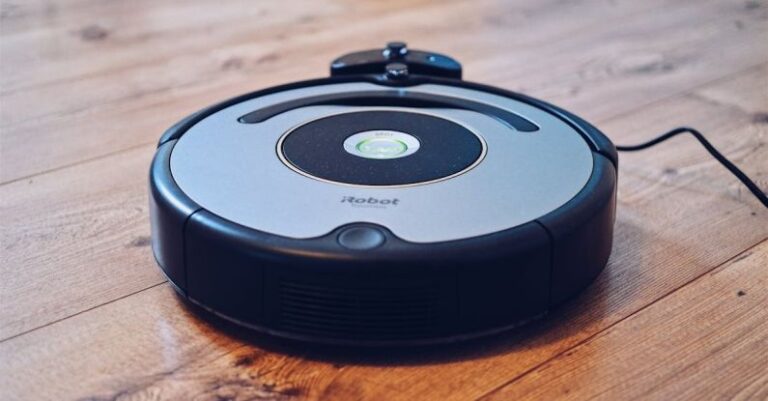
The integration of robotics in the healthcare sector has revolutionized the way medical services are delivered and has paved the way for innovative solutions to address various challenges faced by healthcare professionals. From assisting in surgeries to providing support in patient care, robotics technology has proven to be a game-changer in the industry. In this article, we will delve into how robotics can effectively address challenges in the healthcare sector and enhance the overall quality of care.
Enhancing Surgical Procedures
Robotic technology has significantly improved the precision and accuracy of surgical procedures. With the use of robotic-assisted systems, surgeons can perform complex surgeries with enhanced dexterity and control, leading to better outcomes for patients. The high-resolution imaging and 3D visualization provided by robotics allow surgeons to navigate intricate anatomical structures with greater ease, reducing the risk of complications during surgery. Additionally, robotic systems can minimize the invasiveness of procedures, leading to faster recovery times and reduced post-operative pain for patients.
Improving Diagnosis and Treatment
Robotics can also play a crucial role in improving the accuracy of diagnosis and treatment in healthcare. Advanced robotic systems equipped with artificial intelligence algorithms can analyze medical imaging data and assist healthcare professionals in detecting abnormalities that may be difficult to identify with the naked eye. This can lead to earlier diagnosis of diseases and more targeted treatment plans, ultimately improving patient outcomes and reducing the burden on healthcare systems.
Supporting Rehabilitation and Care
In addition to assisting in surgical procedures and diagnosis, robotics can also support rehabilitation and long-term care for patients. Robotic exoskeletons and rehabilitation devices can help patients regain mobility and strength after injuries or surgeries, facilitating faster recovery and reducing the risk of complications. Moreover, robotic systems can provide assistance to elderly or disabled individuals in performing daily tasks, promoting independence and improving their quality of life.
Addressing Staff Shortages
One of the major challenges faced by the healthcare sector is the shortage of skilled medical professionals. Robotics technology can help alleviate this issue by augmenting the capabilities of healthcare workers and increasing efficiency in various aspects of patient care. Automated systems can handle routine tasks such as medication dispensing, patient monitoring, and data entry, allowing healthcare professionals to focus on more complex and critical aspects of patient care. By delegating repetitive tasks to robotic systems, healthcare facilities can optimize their resources and provide better care to a larger number of patients.
Enhancing Telemedicine and Remote Care
The rise of telemedicine and remote care has been further accelerated by the integration of robotics technology in healthcare. Robotic telepresence systems enable healthcare providers to conduct virtual consultations with patients in remote locations, improving access to medical services and reducing the need for in-person visits. This is particularly beneficial for patients in rural or underserved areas who may have limited access to healthcare facilities. Additionally, robotic devices can be used to remotely monitor patients’ vital signs and provide real-time feedback to healthcare providers, enabling timely interventions and proactive care management.
Empowering Healthcare Professionals
By leveraging robotics technology, healthcare professionals can enhance their skills and capabilities, ultimately improving the quality of care they deliver to patients. Robotic simulators provide a safe and realistic environment for medical training and education, allowing healthcare professionals to practice complex procedures and enhance their proficiency without putting patients at risk. Moreover, robotic systems can serve as valuable tools for continuous learning and professional development, enabling healthcare providers to stay abreast of the latest advancements in their field and deliver cutting-edge care to their patients.
Conclusion: Embracing the Future of Healthcare
As technology continues to advance at a rapid pace, the integration of robotics in the healthcare sector holds immense potential for addressing challenges and transforming the way medical services are delivered. By harnessing the power of robotics technology, healthcare professionals can enhance surgical precision, improve diagnosis and treatment, support rehabilitation and care, address staff shortages, enhance telemedicine and remote care, and empower themselves to deliver high-quality care to patients. Embracing the future of healthcare with robotics will undoubtedly lead to improved patient outcomes, increased efficiency, and a more sustainable healthcare system for the future.





